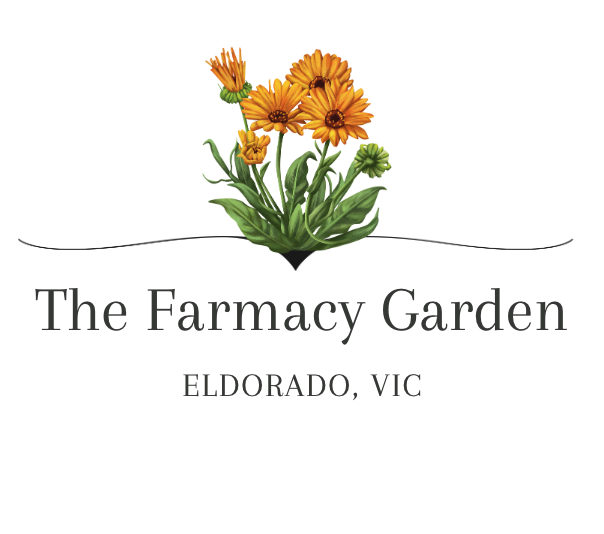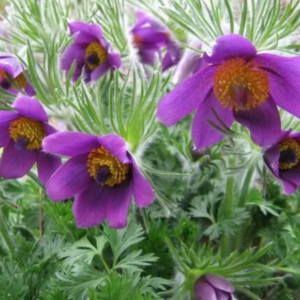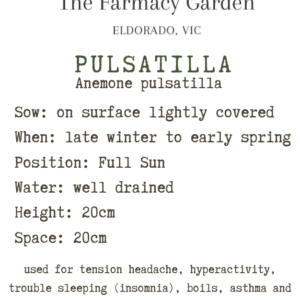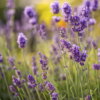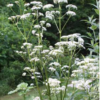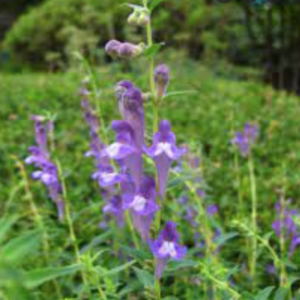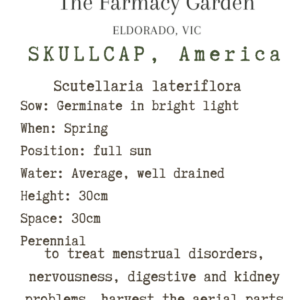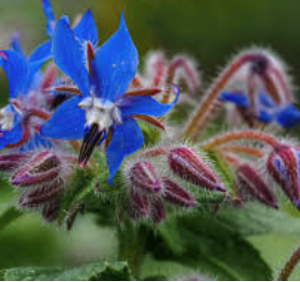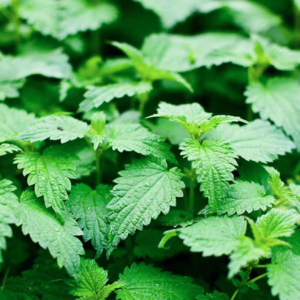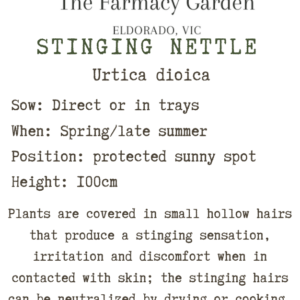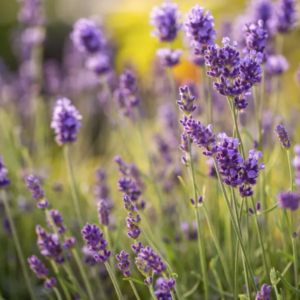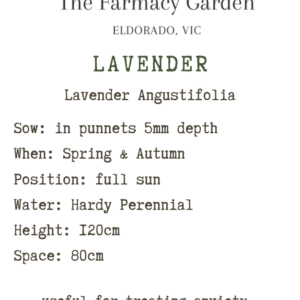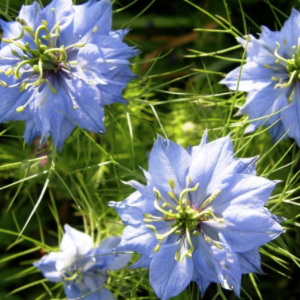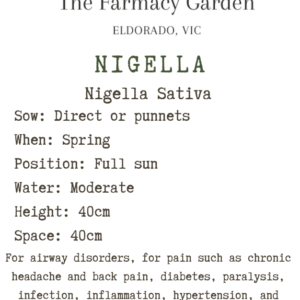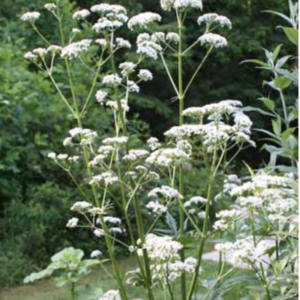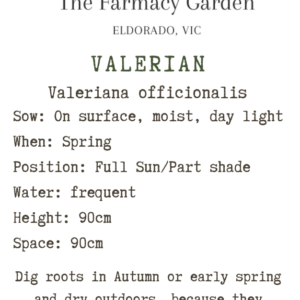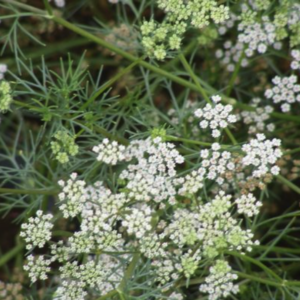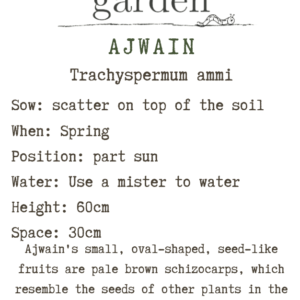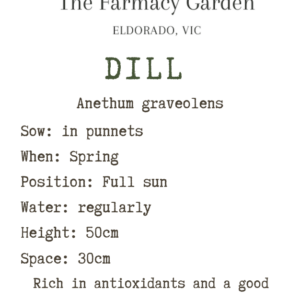Pulsatilla Seeds, Pulsatilla vulgaris
$8.50
Anemone pulsatilla is a perennial herb that is best grown in fertile, humus soil. Plants need constant moisture in hot summer temperatures. Best performance is seen in cooler temperatures where plants can tolerate less humid conditions. Plants are best left undisturbed once established
Anemone pulsatilla is a perennial herb that is best grown in fertile, humus soil. Plants need constant moisture in hot summer temperatures. Best performance is seen in cooler temperatures where plants can tolerate less humid conditions. Plants are best left undisturbed once established
GROW: Sow in late winter to early spring. Seed – best sown as soon as it is ripe in early summer in a cold frame. The seed usually germinates in about 2 – 3 weeks. Trim any of the tails that are left on the seed and sow on the surface of lightly firmed, moist seed compost in pots or trays. Just cover the seed with a light sprinkling of compost or vermiculite. Because they’re wind-dispersed in nature, seeds have a feathery attachment – a bit like the seeds of a dandelion. Root cuttings, 4cm long taken in early winter, potted up in a mixture of peat and sand
HARVEST: The plant is harvested soon after flowering, it is more poisonous when fresh and so should be carefully preserved by drying. It should not be stored for longer than 12 months before being used.
USE: Pulsatilla is also used for tension headache, hyperactivity, trouble sleeping (insomnia), boils, asthma and other lung diseases, earache, migraines, nerve pain (neuralgia), general restlessness, disorders of the gastrointestinal (GI), and disorders of the urinary tract.
A green dye is obtained from the flowers. Plants can be grown to form a ground cover, they are best spaced about 30cm apart each way
Part used: Dried aerial (leaf & flower)
NOTE: All plant parts are poisonous but they lose their toxic effect when being heated or dried. Pulsatilla is a significant homeopathic remedy that’s used against the most diverse afflictions like headaches or the cataract.
Related products
Flower Seeds
Flower Seeds
Medicinal Herb Seeds
Flower Seeds
Flower Seeds
Medicinal Herb Seeds
Flower Seeds
